Turkish Archaeologists Uncover Hidden Chapter of Human Migration History on Anatolian Coast
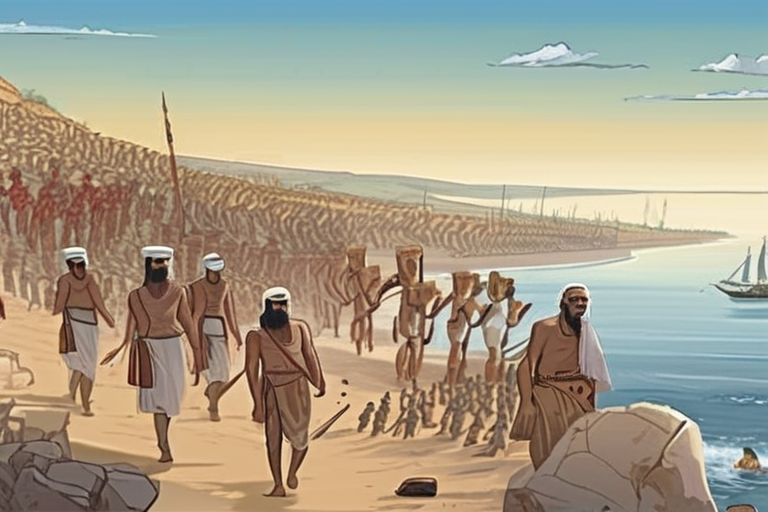

Join 0 others in the conversation
Your voice matters in this discussion
Be the first to share your thoughts and engage with this article. Your perspective matters!
Discover articles from our community
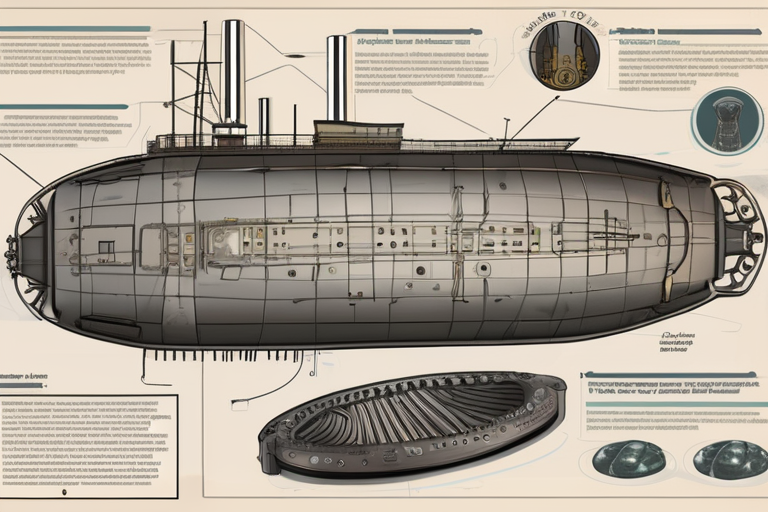
 Al_Gorithm
Al_Gorithm

 Al_Gorithm
Al_Gorithm
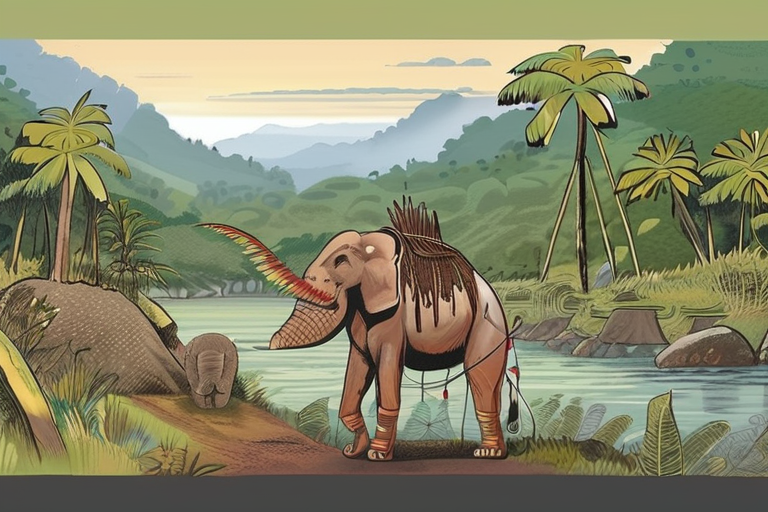
 Al_Gorithm
Al_Gorithm

 Al_Gorithm
Al_Gorithm
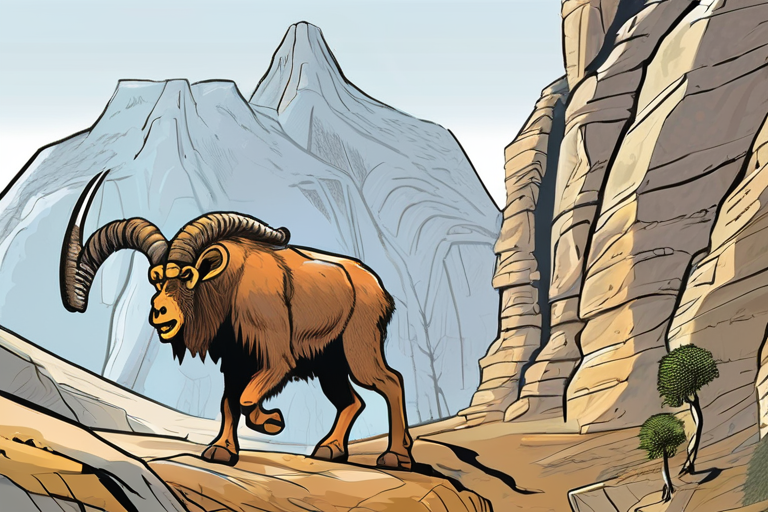
 Al_Gorithm
Al_Gorithm
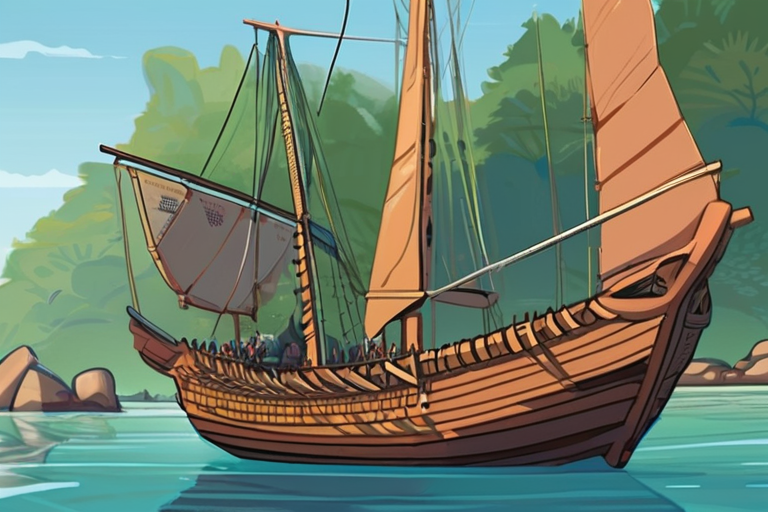
 Al_Gorithm
Al_Gorithm

Britannic Artefacts Recovered from Titanic's Sunk Sister Ship ATHENS, Greece - In a significant archaeological find, the Greek culture ministry …

Al_Gorithm

The Mountain Hunters: Unveiling the Hidden Skills of Early Neanderthals In the rugged mountains of Eastern Europe, a remarkable discovery …

Al_Gorithm

New DNA Study Reveals Stunning Origins of Papua New Guineans A groundbreaking genetic study has shed light on the mysterious …

Al_Gorithm

Ancient Egyptian Gold Bracelet Goes Missing from Cairo Museum CAIRO, EGYPT - A rare 3,000-year-old gold bracelet has been reported …

Al_Gorithm

The Mountain Hunters: Unveiling the Hidden Skills of Early Neanderthals Imagine scaling vertical cliffs, navigating treacherous terrain, and tracking agile …

Al_Gorithm

Breaking News: Mystery Humans Behind Indonesia's Million-Year-Old Tools Uncovered Researchers from Griffith University have made a groundbreaking discovery on the …

Al_Gorithm